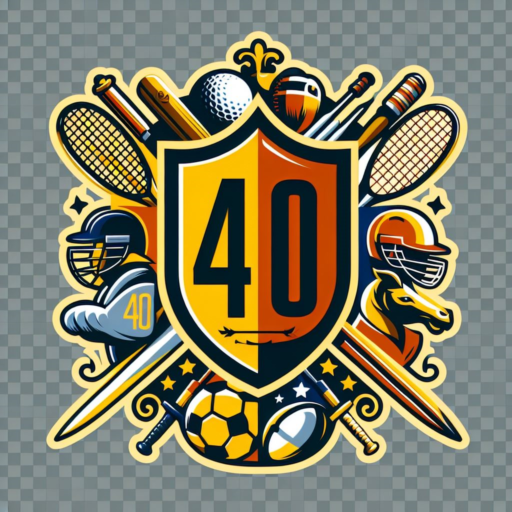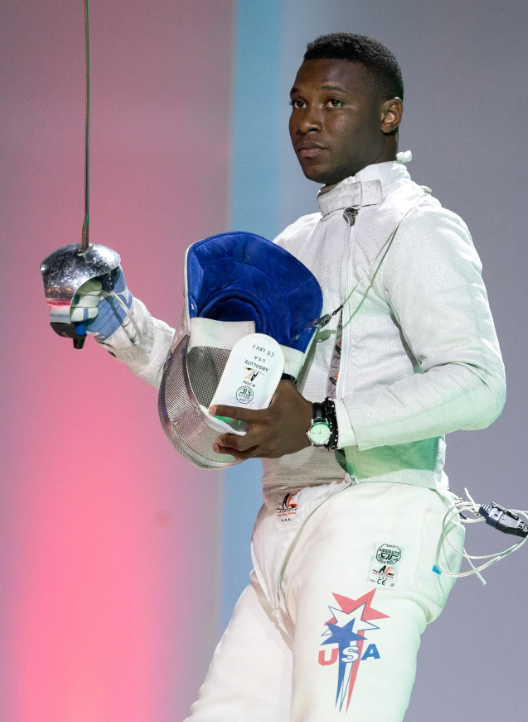A Historical Overview: African Americans in Fencing
The history of African Americans in fencing is a compelling narrative of resilience, talent, and determination. The early years were marked by significant challenges, as societal barriers and racial discrimination were pervasive. Despite these obstacles, pioneering African American fencers emerged, making their mark in a sport traditionally dominated by others.
One of the earliest notable figures in this journey was George Calnan, who competed in the 1928, 1932, and 1936 Olympics. Although not African American himself, his era set the stage for future athletes of color. The real breakthrough came with athletes such as Uriah Jones and Tim Morehouse, who, despite facing racial prejudices, pushed forward with remarkable tenacity.
Ruben Cortes, the first African American to compete in the World Fencing Championships in 1965, demonstrated not only exceptional skill but also immense courage. His participation was a significant milestone, illustrating the potential and capability of African American athletes in fencing. Cortes’ achievements provided inspiration and a pathway for future generations.
The 1970s and 80s witnessed the emergence of more African American fencers who began to make significant strides. Peter Westbrook, a six-time Olympian and bronze medalist in the 1984 Los Angeles Olympics, stands out as a monumental figure. His success on the international stage was a testament to his dedication and opened doors for many aspiring fencers. Westbrook’s contributions extended beyond his personal achievements; he founded the Peter Westbrook Foundation, which has been instrumental in nurturing young fencing talents from diverse backgrounds.
These early trailblazers laid a robust foundation, overcoming societal prejudices and institutional barriers. Their perseverance and accomplishments not only enriched the sport but also altered its landscape, making it more inclusive and diverse. The legacy of these pioneering African American fencers continues to inspire and shape the future of fencing, ensuring that their contributions are forever etched in the annals of history.
Modern Trailblazers: Influential African American Fencers Today
In recent years, several African American fencers have emerged as influential figures in the sport, breaking barriers and inspiring future generations. One prominent athlete is Ibtihaj Muhammad, who made history as the first African American woman to compete for the United States in fencing at the Olympics. Muhammad’s career is marked by numerous accolades, including a bronze medal in the team sabre event at the 2016 Rio Olympics. Her achievements extend beyond the piste; she is also an advocate for diversity and inclusion in sports. Through her platform, she has championed initiatives that encourage young people from underrepresented communities to pursue fencing.
Another notable fencer is Daryl Homer, who has made significant strides in the sport. Homer, a native of the U.S. Virgin Islands, moved to New York City and quickly rose through the ranks of American fencing. His career highlights include winning a silver medal in the individual sabre event at the 2016 Rio Olympics and being named USA Fencing’s Male Athlete of the Year multiple times. Homer’s dedication to the sport and his community involvement have made him a role model for aspiring fencers.
Nzingha Prescod is yet another influential figure in modern fencing. As a two-time Olympian and the first African American woman to win an individual medal at the Senior World Championships, Prescod has set a high standard for excellence. Her advocacy work focuses on promoting educational opportunities and athletic development for youth, particularly those from underserved backgrounds. Prescod’s efforts have fostered greater inclusivity within the sport, making it more accessible to a diverse range of participants.
These athletes, among others, have not only achieved remarkable success in their fencing careers but have also taken active roles in community outreach and advocacy. Their contributions to the sport and their efforts to promote diversity and inclusion have left a lasting impact, ensuring that fencing continues to evolve as a more inclusive and representative sport for future generations.
Challenges and Opportunities: The Current State of Diversity in Fencing
The landscape of diversity within the sport of fencing has seen both notable progress and persistent challenges. For African American fencers, access to resources remains a significant hurdle. Many aspiring athletes face limitations in finding adequate training facilities, which are often concentrated in more affluent areas. This geographic disparity limits opportunities for young African Americans who might otherwise excel in the sport.
Financial support is another critical issue. Fencing, unlike some other sports, requires significant investment in equipment, coaching, and competition fees. These costs can be prohibitive for many families, further narrowing the pool of potential African American fencers. Scholarships and financial aid programs have been established to mitigate this barrier, but they are not always sufficient to bridge the gap completely.
Despite these challenges, there are several initiatives and programs aimed at increasing diversity and inclusion within fencing. Organizations such as the Peter Westbrook Foundation and Black Women in Sport Foundation offer mentorship programs, scholarships, and community outreach efforts designed to attract and support African American youth. These initiatives provide not only financial assistance but also crucial mentorship from experienced fencers who understand the unique challenges faced by African American athletes.
Experts and stakeholders within the fencing community emphasize the importance of sustained efforts to promote diversity. They advocate for increased funding for grassroots programs, the establishment of more training centers in underserved areas, and broader community engagement to raise awareness about fencing opportunities. Additionally, fostering a more inclusive culture within fencing clubs and competitions can help ensure that African American fencers feel welcomed and supported.
The current state of diversity in fencing reflects both the progress made and the work still required to achieve equal opportunities for all. By continuing to address these challenges and expand support systems, the fencing community can move closer to a truly inclusive and diverse sport.
The Future of Fencing: Encouraging the Next Generation of African American Fencers
The future of fencing holds immense promise for African American athletes, driven by grassroots programs and youth engagement initiatives aimed at fostering new talent. These efforts are essential in creating a more inclusive and diverse fencing community. Programs such as after-school fencing clubs and summer camps play a pivotal role in introducing the sport to young African Americans, offering them a platform to explore and develop their skills.
Success stories from various fencing clubs and organizations highlight the transformative impact of these initiatives. For instance, the Peter Westbrook Foundation in New York City has been instrumental in nurturing numerous African American fencers who have gone on to achieve national and international success. By integrating diversity into their programs, these organizations not only promote inclusivity but also set a precedent for others to follow.
For young African Americans aspiring to take up fencing, there are several practical steps they can follow. The first step is to find a local fencing club or program. Websites like USA Fencing provide directories of clubs across the country, making it easier to locate one nearby. Additionally, many clubs offer starter programs or beginner classes designed to introduce newcomers to the sport.
Access to training opportunities is another crucial factor. Many clubs offer scholarships or reduced fees for underprivileged youths, ensuring that financial constraints do not hinder aspiring fencers. Furthermore, numerous online resources, including instructional videos and virtual coaching sessions, are available to help young fencers hone their skills from home.
The role of community support cannot be overstated. Encouragement from family, friends, and mentors can significantly impact a young fencer’s journey. Seeing role models who look like them excel in the sport provides a powerful source of inspiration and motivation. Prominent African American fencers, such as Olympians Ibtihaj Muhammad and Daryl Homer, serve as testament to what can be achieved with dedication and support.
By continuing to invest in youth engagement and fostering a supportive community, the future of fencing for African Americans looks bright. These efforts will undoubtedly pave the way for the next generation of champions to break barriers and shape the history of the sport.

